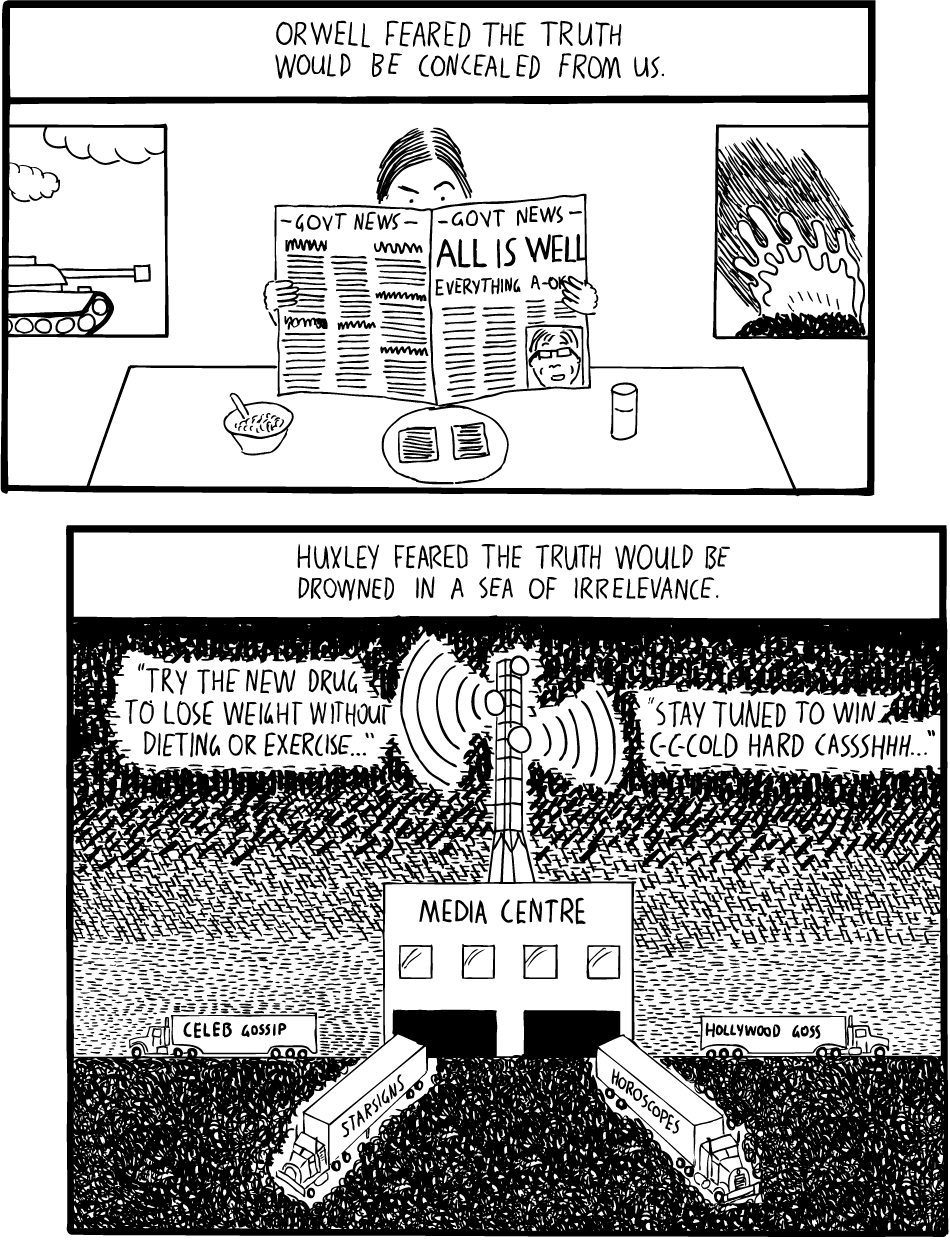
- Source: AP
The nuclear radiation risk in Japan seems to be growing by the day (by the hour?).
How does one attempt to put context on that risk?
On March 14, in that moment in time, The Wall Street Journal opinion page (sub. required) attempted to do just that through the voice of William Tucker, an expert on (and proponent of) nuclear power.
Key quotes:
Even while thousands of people are reported dead or missing, whole neighborhoods lie in ruins, and gas and oil fires rage out of control, press coverage of the Japanese earthquake has quickly settled on the troubles at two nuclear reactors as the center of the catastrophe….
The core of a nuclear reactor operates at about 550 degrees Fahrenheit, well below the temperature of a coal furnace and only slightly hotter than a kitchen oven…. You can’t have a “runaway reactor,” nor can a reactor explode like a nuclear bomb. A commercial reactor is to a bomb what Vaseline is to napalm….
There was a small release of radioactive steam at Three Mile Island in 1979, and there have also been a few releases at Fukushima Daiichi. These produce radiation at about the level of one dental X-ray in the immediate vicinity and quickly dissipate….
If a meltdown does occur in Japan, it will be a disaster for the Tokyo Electric Power Company but not for the general public. Whatever steam releases occur will have a negligible impact. Researchers have spent 30 years trying to find health effects from the steam releases at Three Mile Island and have come up with nothing. With all the death, devastation and disease now threatening tens of thousands in Japan, it is trivializing and almost obscene to spend so much time worrying about damage to a nuclear reactor.

- Source: NTV
I want to believe Tucker, as I’m sure many others do. But there’s something amiss with his overabundant “calm context.” Something about the way he’s presented his case….
For guidance, I emailed the Tucker article to risk-communications guru Peter Sandman. Peter graciously shared his insights with me – and then with all of his followers through a guestbook post (with my permission, post-haste).
I encourage you to read Peter’s full response through the link above. I’ve have Peter’s permission to cross-post some highlights here:
Continue reading Japan’s radiation threat: Sandman’s risk communications analysis →







